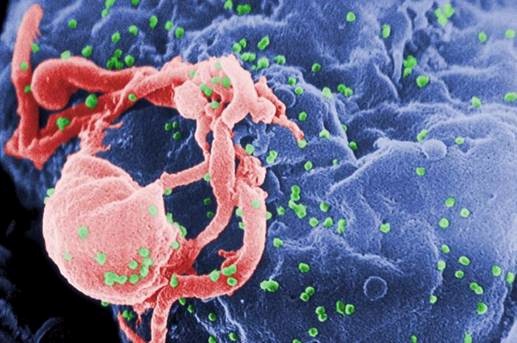Study finds youth prefer and benefit more from rapid point-of-care HIV testing

Youth prefer, accept and receive HIV results more often when offered rapid finger prick or saliva swab tests rather than traditional blood tests according to a study by researchers at St. Michael's Hospital.
More than 50 per cent of youths who took part in 14 North American studies preferred the rapid point-of-care tests because they are less invasive and provide faster results, said family physician Dr. Suzanne Turner.
Her literature review of studies published between 1990 and 2013 on HIV, POC testing and youth, appear in the Journal of Adolescent Health today.
Rapid point-of-care HIV tests are done by finger prick or saliva swab, with results available in minutes. Traditional HIV testing requires a blood test that is sent to a lab for analysis.
"Traditional testing provides results within one to two weeks," said Dr. Turner. "But many high-risk youth are transient or homeless and won't come back for a follow-up, so having the rapid POC testing available means these individuals can know their status within the same appointment."
Multiple studies within the review also found that participants who chose this option were more likely to receive their results within the follow-up period, at 91.3 per cent, compared with those who chose traditional testing, with 46.7 per cent.
In Canada, youth between the ages of 15 and 29 account for 26.5 per cent of all positive HIV test reports. Another 83 per cent of adolescents in a Toronto study reported they've never visited a health care provider for any sexual health-related reason.
"As a physician, I have a lot of anxiety about youth who don't know or don't receive their HIV status," said Dr. Turner, who is also an addictions physician. "Results within the same appointment provide the opportunity to address high-risk behaviours with youth if they're negative and identify next steps, prevention measures and treatment for those who are positive."
Fewer than 32 per cent of youth are tested for HIV and a reported 60 per cent of HIV positive youth didn't know their status, American data shows.
Rapid POC HIV testing is only offered at about 50 locations in community clinics in Ontario - despite the positive findings and potential benefits. Expanding the test into primary and emergency departments could increase acceptance rates, with between 83 and 93 per cent of youth accepting rapid HIV POC testing in an emergency department setting, the review found.
"Not being offered HIV testing directly was also identified as a barrier with youth," said Dr. Turner. "Point-of-contact HIV testing must become routine and be offered in all patient environments, from emergency departments to community programs."
Acceptance rates for HIV testing increase when POC testing is offered directly and when offered alongside traditional testing, the study showed.
"In an era of patient-centred care, reducing wait-times for results and offering less invasive HIV testing options should be considered to improve patient acceptance and reduce failure-to-notify, especially with such high positive HIV rates in youth," said Dr. Turner.
The specific POC test preference among youth was observed across a diverse range of racial, gender, sexual orientation, cultural, geographic and socio-economic populations in a variety of health care settings.
Dr. Turner states that more research must be done on youth, HIV and POC testing to determine specific trends in particular populations and create youth-targeted testing programs.
Nov 19, 2013 11:38 AM EST




